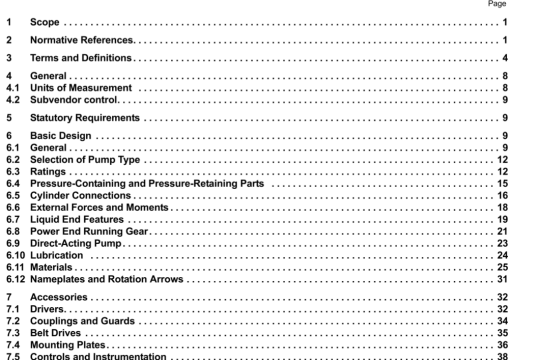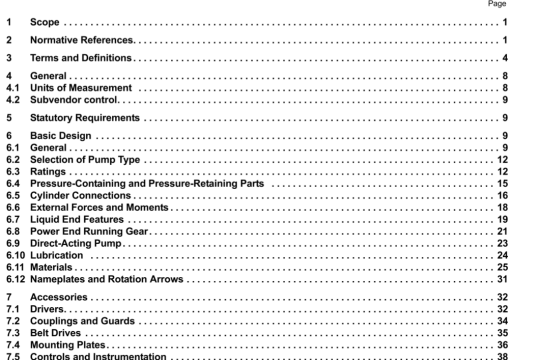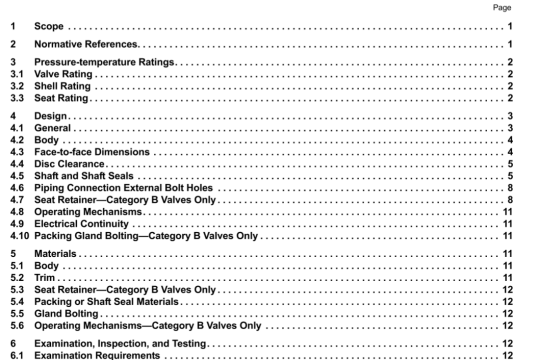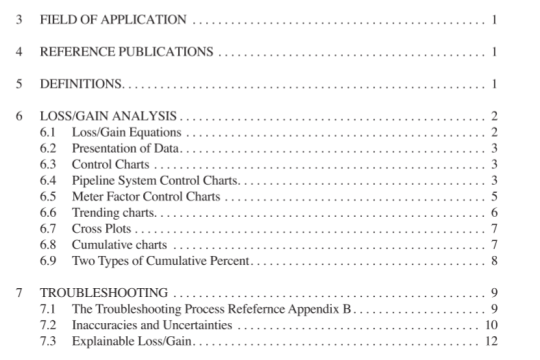API RP 2201:2010 pdf download
API RP 2201:2010 pdf download.Safe Hot Tapping Practices in the Petroleum and Petrochemical lndustries.
5.5 POTENTIAL ACUTE HEALTH HAZARDS AND RISK REDUCTION
Acute health hazards attect people during or shortly after exposure. The effects may be transient or longer lasting. Typically these short-term exposure effects are reversible when removed from exposure. Examples are irritation of the eyes or respiratory system caused by inhalation exposure over a short time to vapors, gases or welding fumes.
Other materials used or stored in the vicinity of the work may represent acute hazards which could be released (substances such as hydrogen sulfide, chlorine or ammonia) and reach personnel. Even without this potential, the welding operation can create acute health hazards. Arc flash (ultraviolet radiation) can cause eye irritation or burns. Fumes from zinc can cause “metal fume fever”, work in hot environments can cause heat stress, and oxygen deficiency from any source can have acute effects.
Understanding and mitigating hazards, and preventing exposure using proper protective equipment and good ventilation are successful techniques for reducing risk during welding.
5.6 POTENTIAL CHRONIC HEALTH HAZARDS AND RISK REDUCTION
Chronic health hazards require repeated or extended cxposure and may not evidence effects for a long time after exposure. An effective hazard communication program should identify materials warranting special attention which may be associated with the specific workplace. Material Satty Data Sheets (MSDSs) should be available to aid in identifying materials in the area and contained in the piping or equipment to be hot tapped or welded upon. Some materials for which repeated or prolonged exposures are of interest when welding or hot tapping are discussed in the following sections. Risk is associated with exposure. For welding fumes, and many petroleum or petrochemical vapors, risk relates to inhalation exposure. Emphasis on monitoring, ventilation and respiratory protection become key factors in risk reduction.
Noise can be expected in the welding work environment. As in the non-welding work environment good practice and regulatory requirements dictate precautionary attention to noise exposure and hearing protection. It may be possible to reposition equipment or personnel to reduce proximity to noise sources such as welding equipment, power sources, ventilation equipment, air compressors and process equipment. A hearing conservation program may be required depending Ofl noise exposures.
5.6.1 Welding Fumes
Toxic fumes can be generated during welding. Fumes from welding on metals containing alloys of lead, zinc, cadmium, beryllium, and certain other metals are recognized hazards.
Virtually all metals are worthy of review. Some paints, particularly those containing lead, can produce toxic fumes when heated or burned. While toxicity is an independent property of the hazardous material, risk depends on the composition and quantity of fumes in conjunction with exposure. The composition of the welding consumables, any coatings or paints, the process used, and the circumstances and condition of use will also affect toxicity. The general hierarchy of control is:
a. Where electrode material concerns are identified investigate whether an engineering-approved acceptable material substitution is available.
b. For coatings the area should be cleaned.
c. In all cases appropriate ventilation should be considered. d. Respiratory protection may be necessary if monitoring experience indicates a need.
5.6.2 Other Toxic Substances and Risk Reduction.
If potential for exposure is possible, provide appropriate control measures, including the following:
a. Determine the level of exposure through measurement and/or analysis. or directly applicable prior experience.
b. Minimize skin contact and breathing of vapors or fumes through engineering or administrative controls, or by providi ng appropriate personal protective cqui pmcnt.
c. Keep work areas clean and well ventilated; clean up spills promptly.
d. Use soap and water or approved cleaner to remove materials rhich contact skin. Do not use gasoline or similar solvents.




